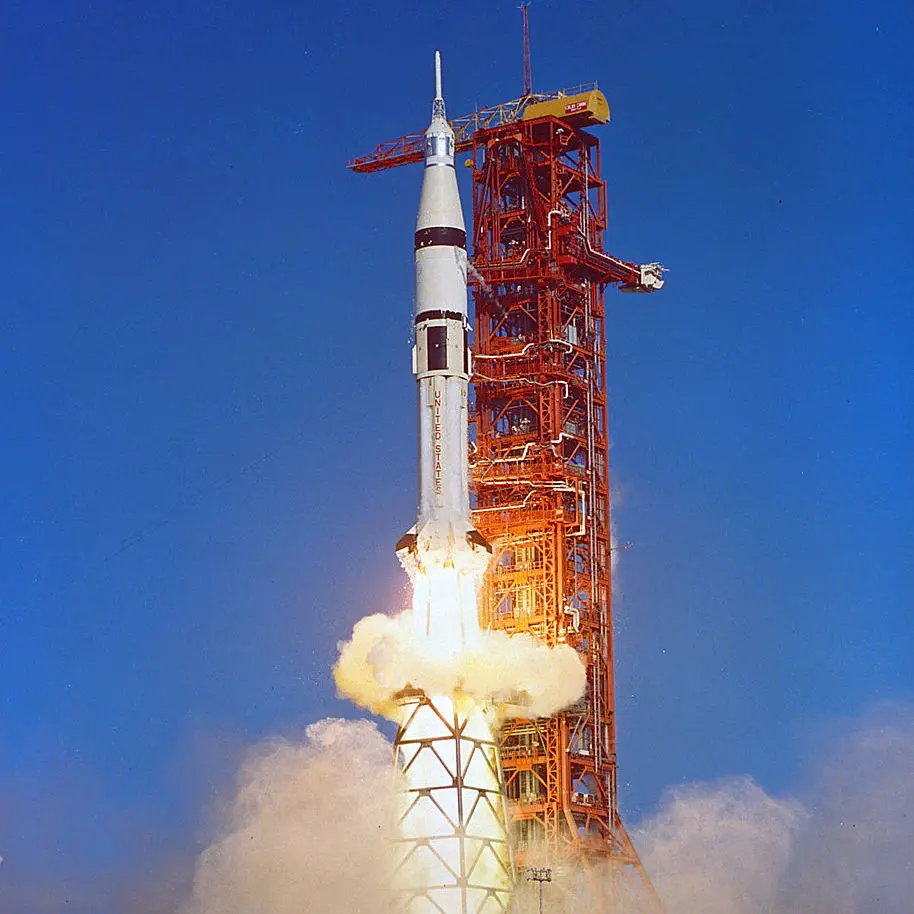/
Apollo 5
Launch Success
Liftoff Time (GMT)
22:48:09
Monday January 22, 1968
Watch Replay
24/7 Coverage
Mission Details
Read Article
Apollo 5
Apollo 5, also known as AS-204, was the uncrewed first flight of the Apollo Lunar Module (LM) that would later carry astronauts to the surface of the Moon. The mission was successful, though due to programming problems an alternate mission to that originally planned was executed. Like Apollo 4, this flight was long delayed, due in part to setbacks in the development of the LM, manufactured by Grumman Aircraft. The original Saturn IB rocket that was to take the first LM (LM-1) to space was taken down during the delays and replaced with the one that would have launched Apollo 1 if the spacecraft fire that killed three astronauts had not occurred. Once the craft reached orbit and the LM separated from the S-IVB booster, the program of orbital testing began, but a planned burn was aborted automatically when the Apollo Guidance Computer detected the craft was not going as fast as planned. Flight Director Gene Kranz and his team at Mission Control in Houston quickly decided on an alternate mission, during which the mission's goals of testing LM-1 were accomplished. The mission was successful enough that a contemplated second uncrewed mission to test the LM was cancelled, advancing NASA's plans to land an astronaut on the Moon by the end of the 1960s.
Trans Lunar Injection
1 Payload
14,360 kilograms
Launch Site
Stats
Saturn IB
4th
Mission
1st
Mission of 1968
1968
7th
Orbital launch attempt

